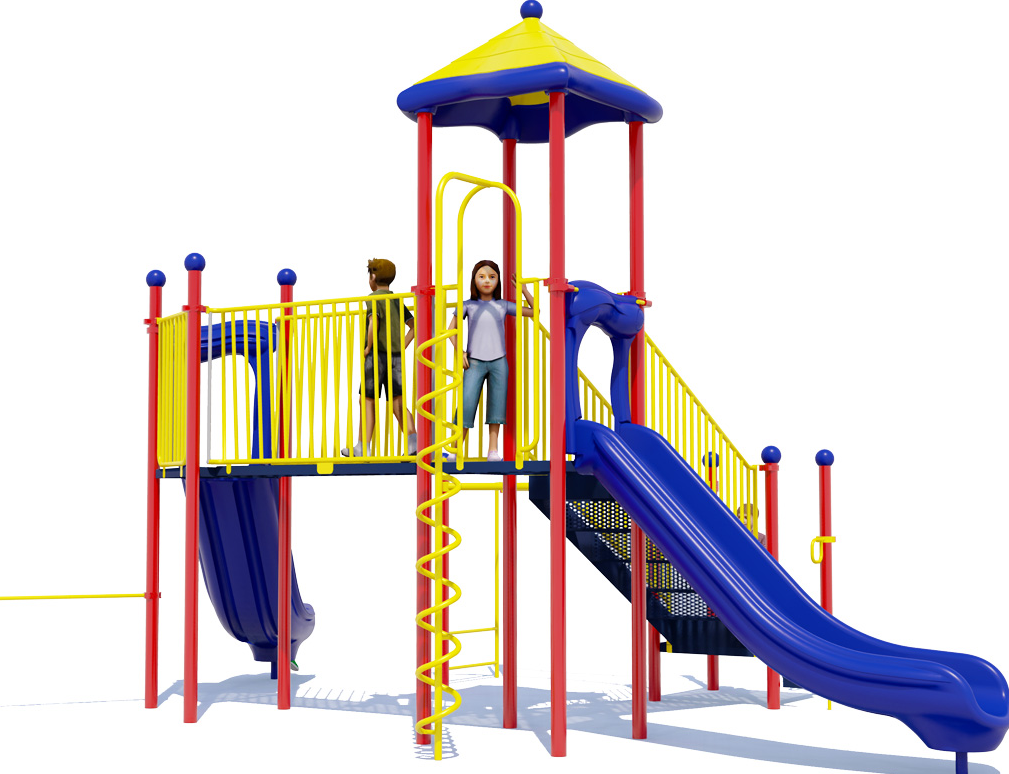Environmental Impact of Wood Sources
Wooden playground equipment is often praised for its aesthetic appeal and natural look, but its sustainability largely depends on the source of the wood. Sustainable wood comes from forests that are managed to ensure long-term timber supplies without causing environmental degradation. According to the Forest Stewardship Council (FSC), certified wood is harvested from forests that meet rigorous environmental and social standards, promoting ecosystem health and biodiversity. In contrast, non-certified wood may contribute to deforestation and habitat loss. Statistics from a 2023 global forestry report reveal that only 30% of wood used in playground equipment comes from certified sustainable sources.
Durability and Maintenance
The durability of wooden playground equipment is a critical factor in its sustainability profile. Well-maintained wooden equipment can last up to 15-20 years. However, wood is susceptible to natural elements such as moisture, insects, and decay, requiring regular treatment and maintenance to extend its life. The use of environmentally friendly preservatives and stains is essential for maintaining the wood while minimizing chemical runoff and soil contamination. A 2024 study from the National Playground Safety Institute showed that playgrounds with routine maintenance schedules retain their structural integrity longer and require fewer resources for repairs and replacements.

Carbon Footprint of Wooden Equipment
Wood naturally sequesters carbon, which can make wooden playground equipment a good choice for reducing carbon footprints compared to metal or plastic alternatives. When sourced responsibly, wood captures and stores carbon dioxide, reducing the overall greenhouse gases in the atmosphere. The production process for wooden equipment also typically consumes less energy than manufacturing metal or plastic structures. However, the transportation and treatment of wood can diminish these benefits if not managed sustainably.
End-of-Life Considerations
The end-of-life stage of wooden playground equipment also impacts its sustainability. Wood that is untreated and free from harmful chemicals can be recycled or repurposed, reducing landfill waste. Biodegradable materials return nutrients to the soil, promoting a circular economy. However, treated wood can be challenging to dispose of safely and may require special handling to prevent environmental harm. According to the Environmental Protection Agency (EPA), only about 20% of disposed wooden playground equipment was recycled in 2023, highlighting the need for improved recycling practices.
Wooden playground equipment offers a sustainable option when sourced from certified forests, maintained responsibly, and handled correctly at the end of its lifecycle. The choice of wood as a material for playgrounds not only supports environmental sustainability but also enhances the play experience with its natural warmth and beauty. For these reasons, ensuring the sustainability of wooden playgrounds is a multifaceted effort that requires commitment from manufacturers, regulators, and consumers alike.